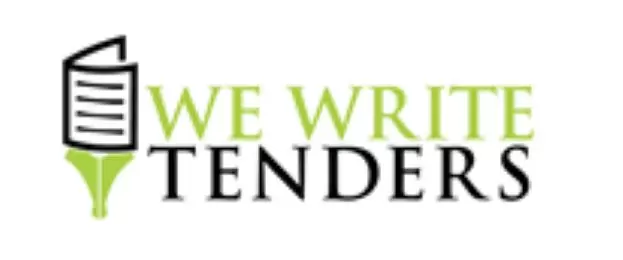When most businesses think of ISO certification, they are generally thinking of just a handful of circa 25,000 standards that are covered by the International Organisation for Standardisation, (or ISO), by far the most common of which is ISO 9001.
The primary reason for this is that ISO 9001 (which was itself developed from the original British Standard; BS 5750) is a quality management standard that is recognised around the world, and is both a tool to help continually improve performance, and serve as a signpost to potential customers that the aim of the business is to do it right first time (i.e. efficiency is built-in).
However, there are a lot more standards besides this and to understand the priorities of ISO 9001 and how it has become the global arbiter for standardisation itself, it is worth exploring the very first standard recognised and certified by ISO.
Global Standardisation
The first challenge for the International Organisation for Standardisation is standardising itself for all countries.
In every country, the short form of the organisation’s name is ISO, even though none of the organisation’s three official languages have an acronym that fits.
In English, it is IOS as seen above, in French, it is OIN (Organisation International de Normalisation) and in Russian, it is MOS (Mezhdunarodnaya Organizatsiya po Standartizatsii).
Officially, the organisation explains the name as a derivation of the word “isos” which in Greek means “equal”, although there are no contemporary accounts of this being the inspiration during the organisation’s founding meetings in October 1946.
Regardless, ISO was the collective name chosen and has remained the same ever since.
The first published standard would arise five years later.
The First ISO Standard
The very first standard established was ISO 1, although due to the fact that ISO described their standards as “Recommendations” at the time, it was issued first as ISO/R 1.
Compared to ISO 9001:2015, which includes numerous pages and many different requirements, ISO 1 consists of a single measurement: 20 degrees Celsius.
This temperature, which equals 68 degrees Fahrenheit and 293.15 Kelvin, is used as a standard reference temperature when making dimensional measurements.
Despite being so simple, this is an important point when it comes to standardisation of the precise dimensions of products, parts and components, because of the effects of thermal expansion.
Most materials change size and shape depending on their heat and the ambient temperature around them, so comparing the measurements of different components that are supposedly compatible but are made in different environments means that they may not be entirely compatible.
This concept was already known, and before 1951 three temperature points (zero degrees Celsius/32 degrees Fahrenheit, 16.6667 degrees Celsius/62 degrees Fahrenheit and 25 degrees Celsius/77 degrees Fahrenheit) were all used, but none of them were ideal standards that were easy or comfortable to work in.
By contrast, ISO 1 was an easy round number, it was close to room temperature in many countries, it was a whole number in both Celsius and Fahrenheit and it was easy to attain or work in, allowing for more workshops to use it.
Whilst a relatively simple ISO standard now, ISO 1 highlights the principles at the core of the standardisation process and helps foster a greater understanding of why ISO 9001 is the way it is.
Help and More Information
For more information on this and to find out how ISO-Cert Online can help you achieve your business standardisation goals, please contact us on 0333 014 7720 or email info@isocertonline.net












